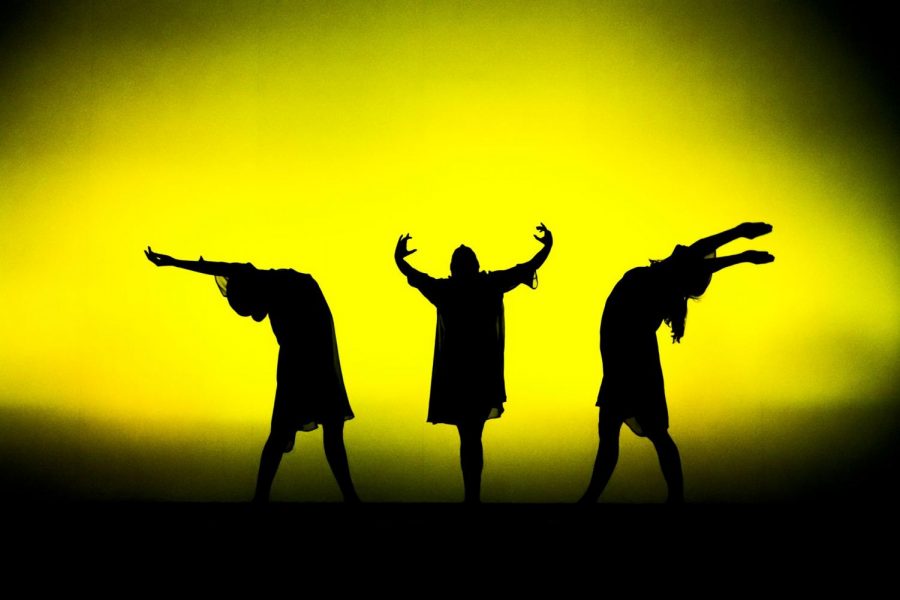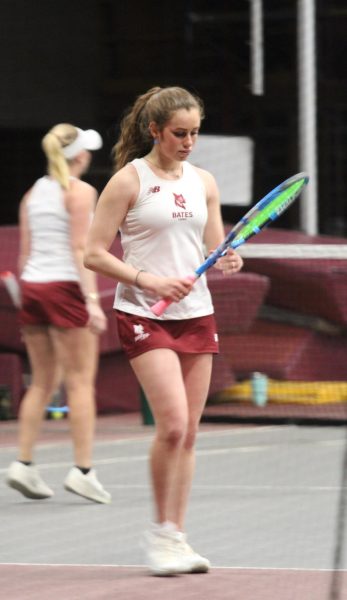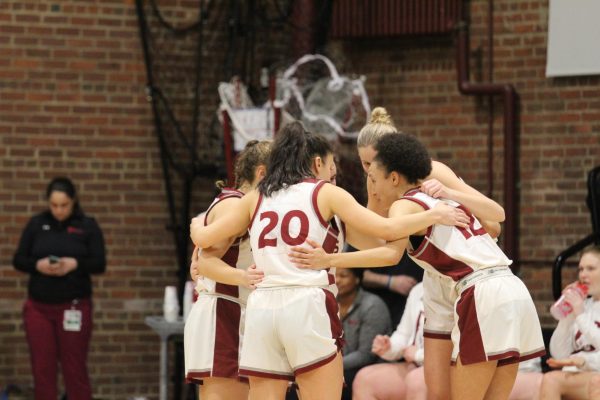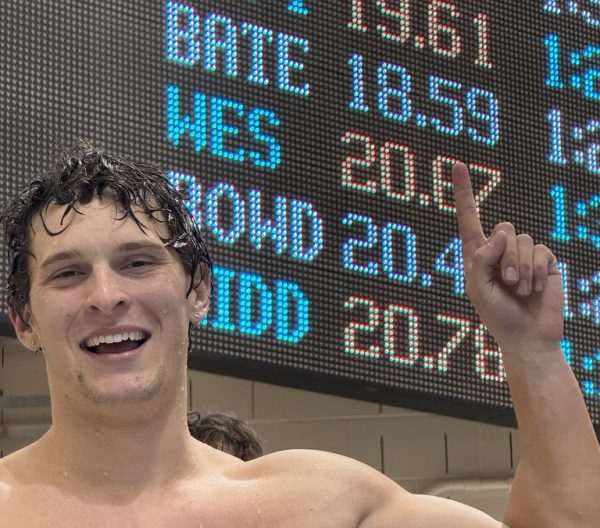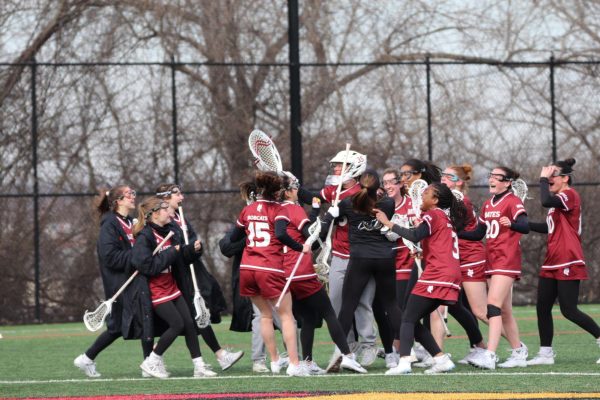Dance at Bates: Where Does it Fit In?
The dance community at Bates has straddled the worlds of academics, athletics, and clubs for years. It’s hard to identify exactly where dance lies among those worlds, making it something of an outlier from many Bates communities. That lack of belonging is especially prevalent this year due to the COVID-19 restrictions that directly affect how dance operates. However, these restrictions have also given many people a chance to rethink their dedication to dance. “People have definitely found new ways to dance [during COVID-19], it solidifies your love for dance and makes you question if you still want to be a dancer,” shared Dawrin Silfa ’21.
Despite the challenges, the strong bonds formed within the dance community at Bates haven’t suffered. As Nina Gonzalez ’23 put it, “Upperclassmen are still working hard to find ways to connect with each other. Because there was a strong community, it hasn’t really changed.” This is welcome news for many students who find comfort and a sense of belonging within dance and its community here at Bates.
New restrictions have, however, really impacted the ability of the dance community to perform and share their work with a wider audience. Silfa noticed that “COVID has altered the opportunities that dancers have to showcase their talent, as well as financial opportunities.” With the social distancing rules in place here on campus, those opportunities are just as difficult to come by. “The industry requires people to be present at and observe a performance, and COVID has ultimately made that impossible,” Silfa continued.
The pandemic has isolated the dance community as a whole, which can be seen specifically at Bates, but that same isolation also gives dancers an opportunity to reflect and grow. “It’s very hard to dance online, it’s compromising to the art form. However, at the same time, the downtime has given us the time to learn more about the history and context of dance because we haven’t been able to learn it physically,” Hailey Stephens ‘23 claimed. The lack of in-person practice and performance has been a source of concern for many dancers, including Gonzalez, adding that “the connectedness aspect of dance, the energy of the room, being able to go off of each other’s movement, it has changed and it’s definitely awkward at first; it’s an adjustment, but we are able to still have some sort of communication.”
While the logistics of COVID guidelines have held dancers back, Gonzalez sees this as an opportunity for ingenuity, saying, “dance is in a unique position because it is creative, so we have the ability to move around and play a little more with this idea and come up with new ways to create pieces that touch on the themes we are experiencing right now.”
Overall, many dancers at Bates agree that “dance is in its own little bubble right now.” Gonzalez explained that dance is “not as much like sports where it’s a weekly thing. There are other performances like Bollywood, Latina’s Unidos, and CSA, but because dance is also an academic setting, it’s hard to straddle club and sport. This makes it harder to interact with a wider audience and get involved with other spaces on campus.”
The issue of inclusion and defining which spaces that dance can operate within is an ever-evolving issue here at Bates. The school does provide opportunities for dancers to further their passion, but Silfa brought up an important point, saying, “I think the resources have always been there, meaning there was always an opportunity if you looked for it. The question is, how many of these places do I feel welcomed in? Or other people of color? My experiences with the ‘looks’ and the favoritism towards other students has, in a way, made me distance myself from dance at Bates.”
While it has been a struggle to find welcoming spaces for dance at Bates, Silfa, as the captain of 2BEATS, hasn’t given up on creating an inclusive community, adding, “It also motivated me to explore studios and classes back at home in New York. It made me want to create those spaces at Bates with 2BEATS and I was able to bring some of the stuff I learned back to campus.”
While there are setbacks to the blurred lines regarding inclusion and space in the dance community, having dance overlap within academic, athletic, and club spheres at Bates can also be seen as an added benefit, as dance classes are still being offered. Gonzalez has also noted that some benefits of the athletic department have been extended to the dance community, most significantly, the ability to visit and utilize the Sports Medicine facilities.
However, access does not always equate to opportunity. Dancers are now allowed and encouraged to see the trainers as necessary, but Gonzalez felt that “sports medicine was a very athlete dominated space and it was intimidating being in there.” After going to the athletic trainers, Gonzalez stated that “if I had an injury that was serious enough, I would go back, but being a dancer you learn how to get through it on your own.” Stephens felt similarly, “It is honestly awkward to go to the trainers. Personally I think dance is a sport, but I don’t feel that students and faculty feel the same way. There is no question that dance is a physical activity that requires the need of some of the athletic assistance and trainers.”
Both dancers discuss the long-debated question on whether or not dancing is a sport, but regardless of the opinion that the wider dance community shares, Stephens shared that she felt that “dance at Bates is very underrated. We have extremely talented people, from students to teachers. I hope that one day dance at Bates can get as much attention as the other sports do.”
The dance community at Bates, which has struggled to find its place pre-COVID, is now facing more difficulties to create and foster a place for all dancers. Nevertheless, Stephens mentioned that “the Bates dance community is a family and I hope that people will start to appreciate what this family is able to achieve in all aspects. We are also a more open community and don’t have the title of a ‘varsity’ sport, which makes us more accessible and honestly makes our community such a great place.”
Your donation will support the student journalists of Bates College and help us cover our annual website hosting costs.
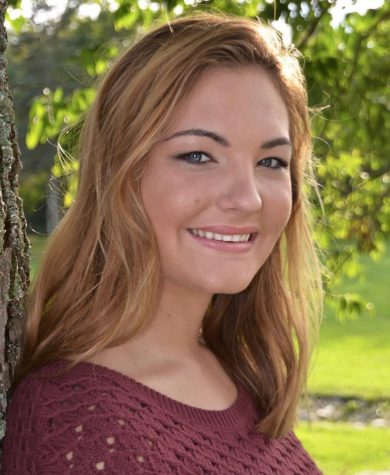
My name is Julia Bisson and I am part of the class of 2023! I have lived in Maine my whole life, and question why I do every February. I am a springboard...


